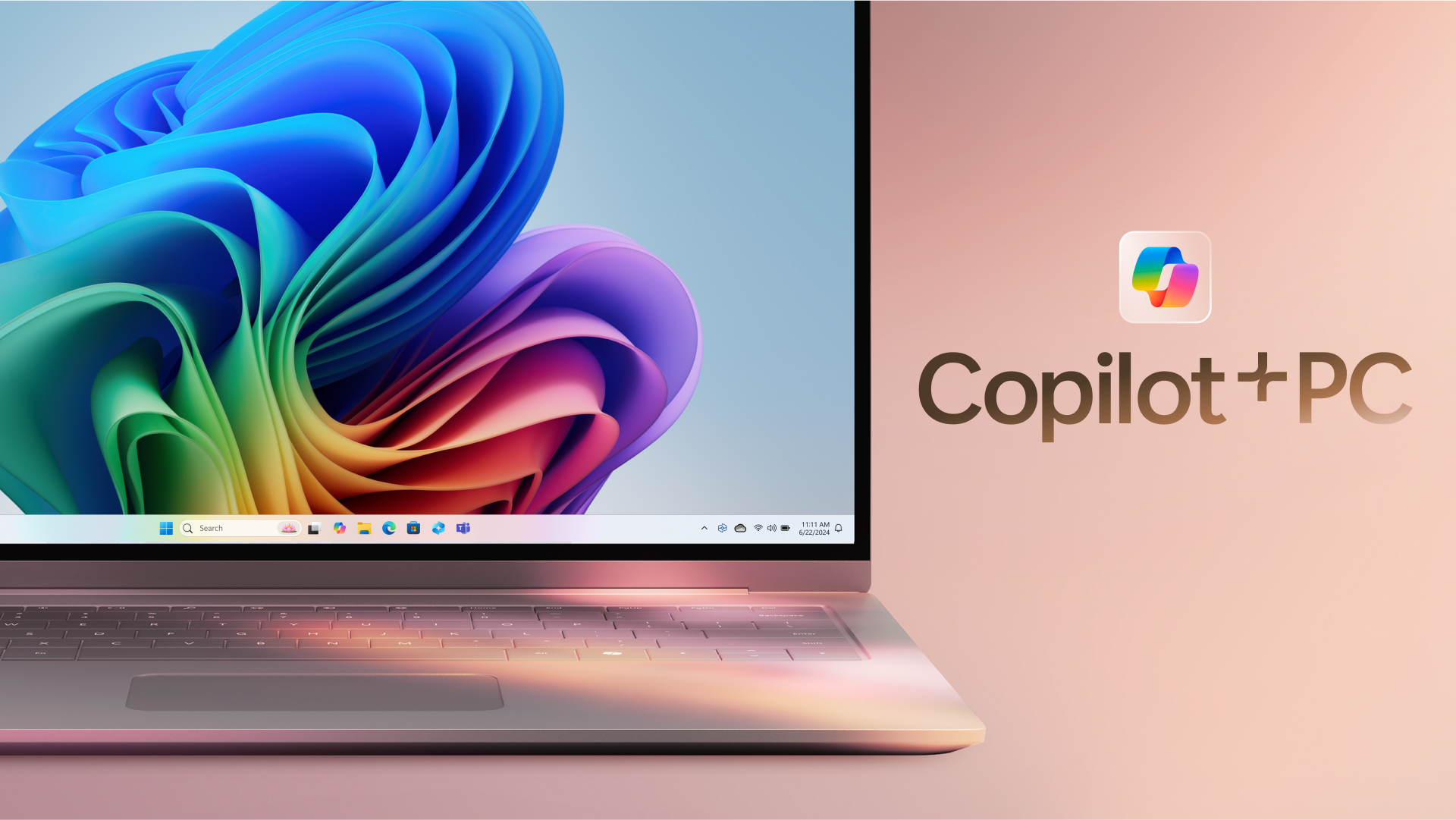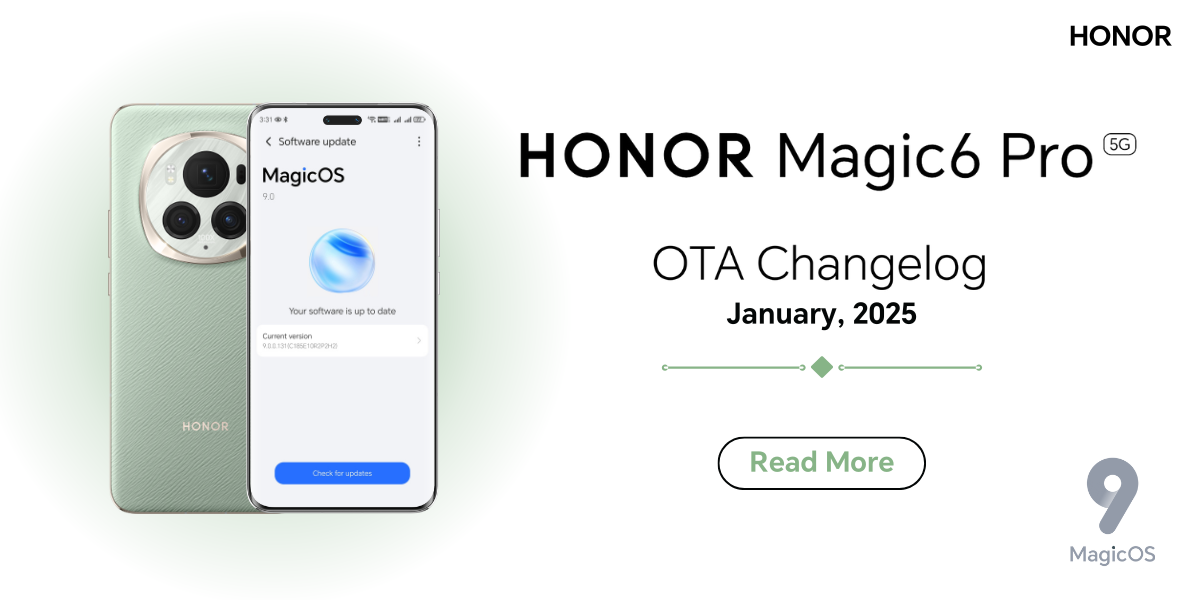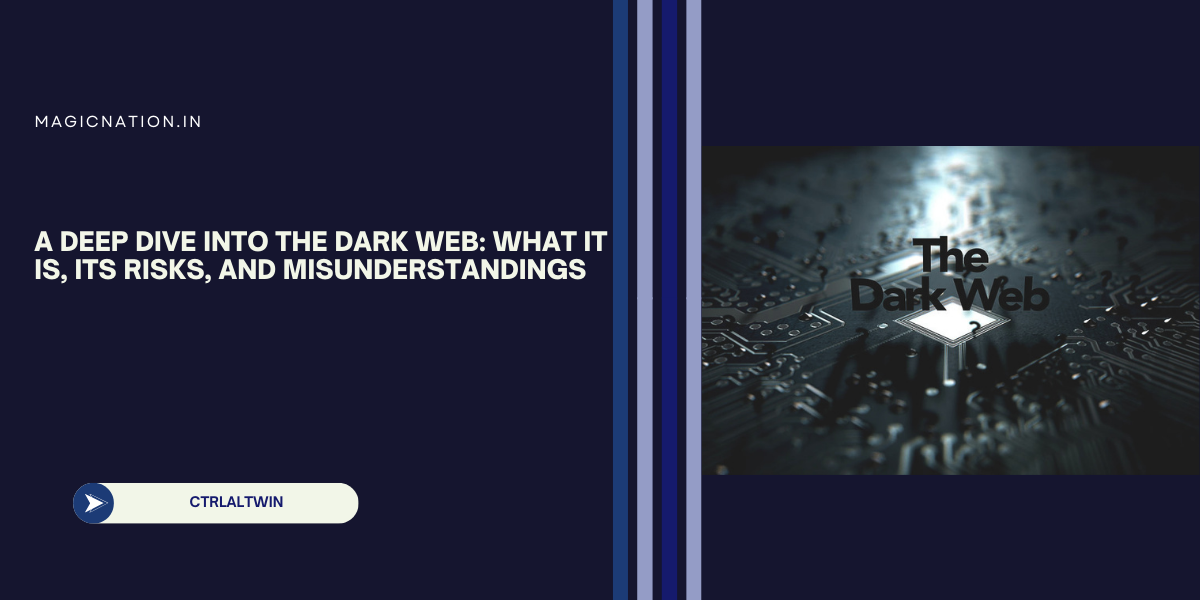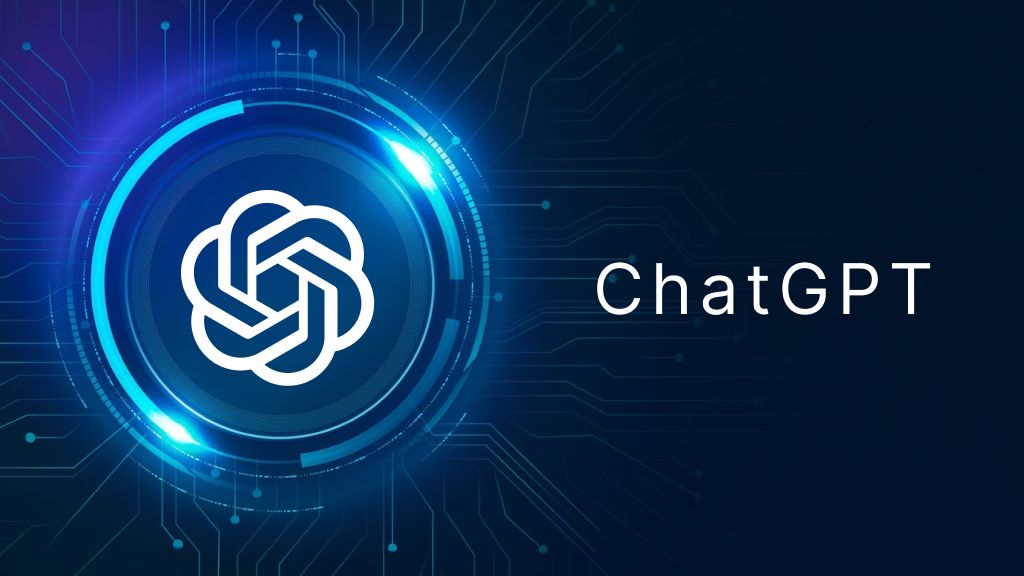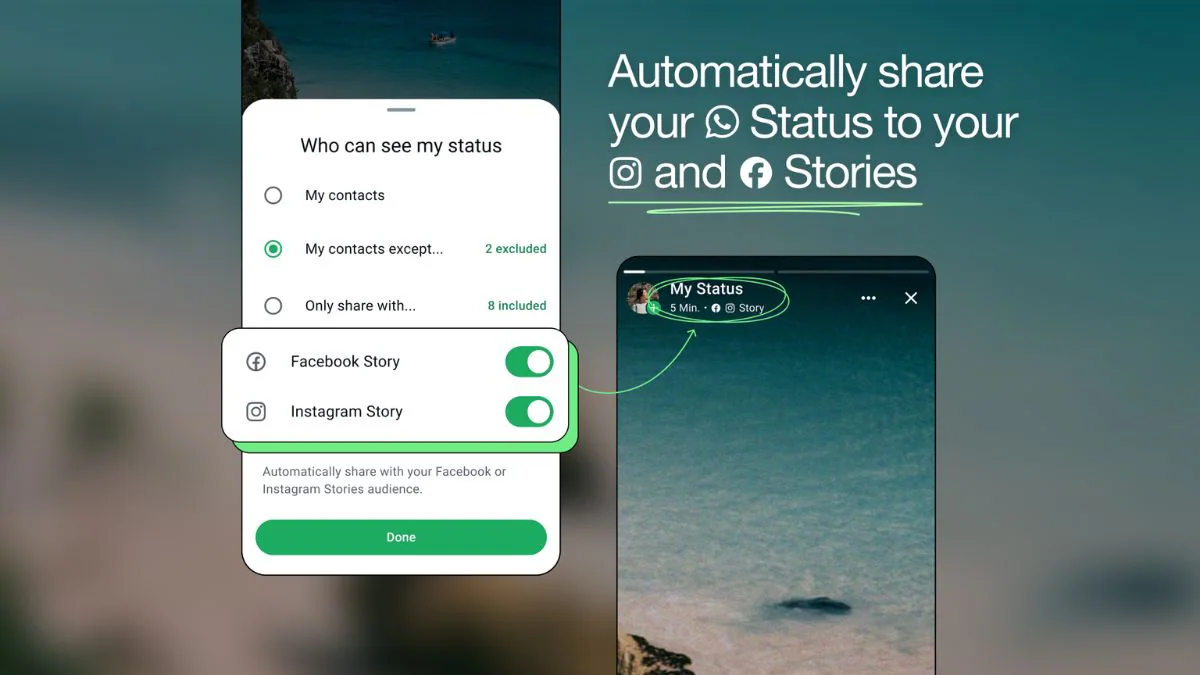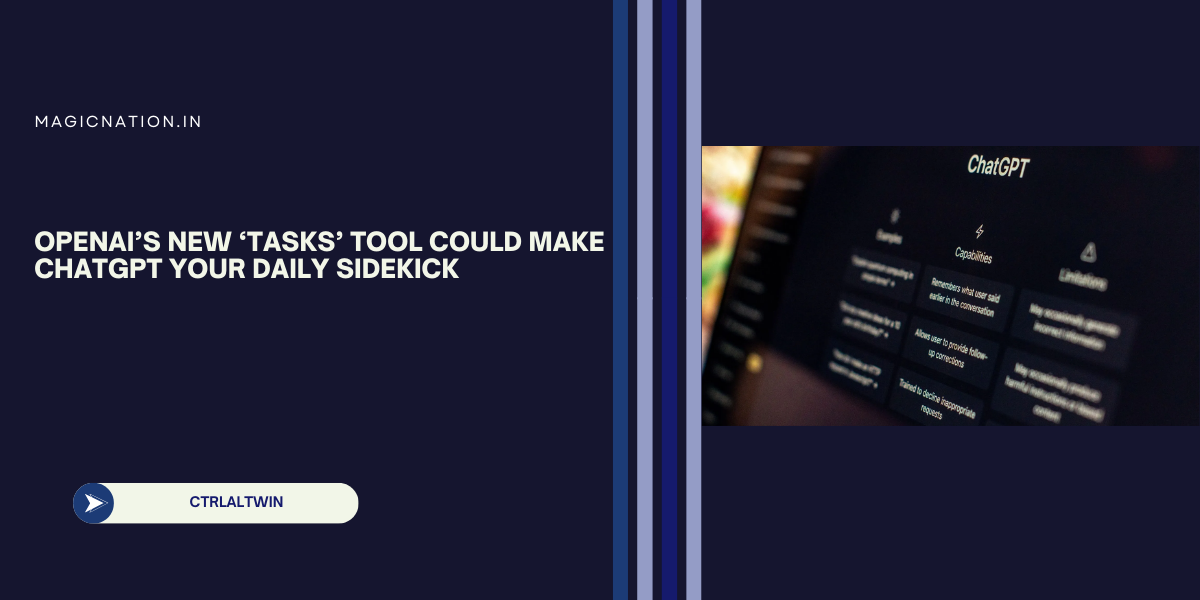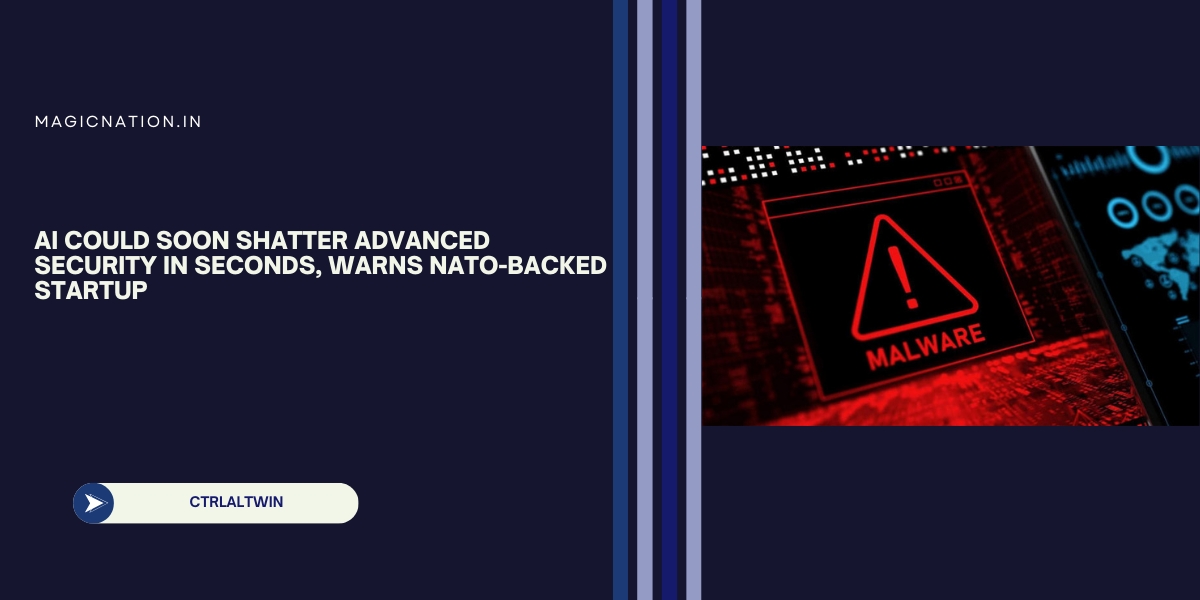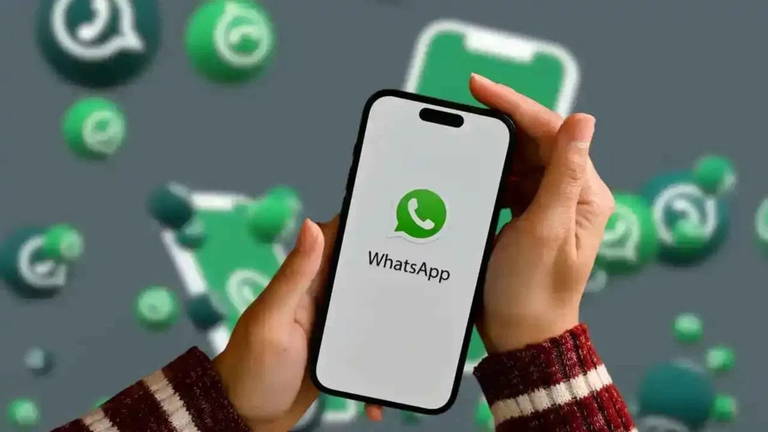This is Tej, back again with the new volume of your favourite Tech Roundtable series! Today, let us dive into the software of our devices. Who does not love accessibility and customisations in their smartphone UIs? Indeed everyone. This can be done with the help of Third-party launchers; they provide a fresh and furnished look to our devices and give us an appealing & aesthetic look towards our smartphone UI. How about discussing it in depth in today's volume?? Then let's get straight into it….
Is the Usage of Third-Party Launchers Advisable?

In the huge universe of Android smartphones, customization is a key selling point, and third-party launchers play a significant role in enabling users to personalize their devices. Third-party launchers, such as Nova Launcher, Niagara Launcher (two of my personal favs!), Microsoft Launcher, or Action Launcher, provide enhanced customization options, unique designs, and additional features which are not found in default launchers. However, their advisability depends on various factors, including functionality, user preferences, and security considerations (the most important!!)
Advantages of Third-Party Launchers

1. Customization and Flexibility:
Third-party launchers allow users to modify their home screens, app drawers, widgets, and gestures. You can create a minimalist setup, mimic other operating systems, or even craft a theme that aligns with your personality.
2. Enhanced Features:
Many third-party launchers provide features like app hiding, icon resizing, notification badges, and advanced gesture controls, which are often missing in stock launchers.
3. Performance Improvements:
Some users find that third-party launchers are faster or more efficient than their device's default launcher, especially on older phones.
Major Drawbacks to be Considered

1. Security Risks:
Since third-party launchers are developed by external developers, there’s always a slight risk of data collection or security vulnerabilities. It's essential to download trusted launchers from reputable sources like the Google Play Store and review permissions carefully. Moreover they also have the access over other apps and notifications, so it becomes a very much important lookout about privacy and payment protection!
2. Compatibility Issues:
Not all launchers are optimized for every device. Some users might experience glitches or crashes, particularly on heavily customized Android skins. For MagicOS, voila! It accepts compatibility with these third party launchers with both the hands, granting you an edge to personalize your device using experience!
3. Battery Drain:
Additional features in third-party launchers can sometimes lead to increased battery consumption. This also comes out as one of the drawbacks of lack of compatibility and optimisations with the UI of the device, which can adversely affect your device using experience!
After all these detailed discussions, there arises a question… When Should You Use a Third-Party Launcher?

If you value customization and need features unavailable in your device’s default launcher, a third-party launcher can be a game-changer. However, ensure it comes from a trusted developer (since you are using it on the cost of your data privacy!), is regularly updated (otherwise you might face compatibility issues), and doesn't compromise your device's security or performance (or else the drawbacks y'all know very well!).
Conclusion

The advisability of using a third-party launcher depends on your priorities. For those seeking personalization and enhanced functionality, it's a worthwhile option. However, users must balance these benefits against potential security and performance risks to make an informed choice. What do your views say about the use of these Third-party launchers?? Let us discuss them in comments!

